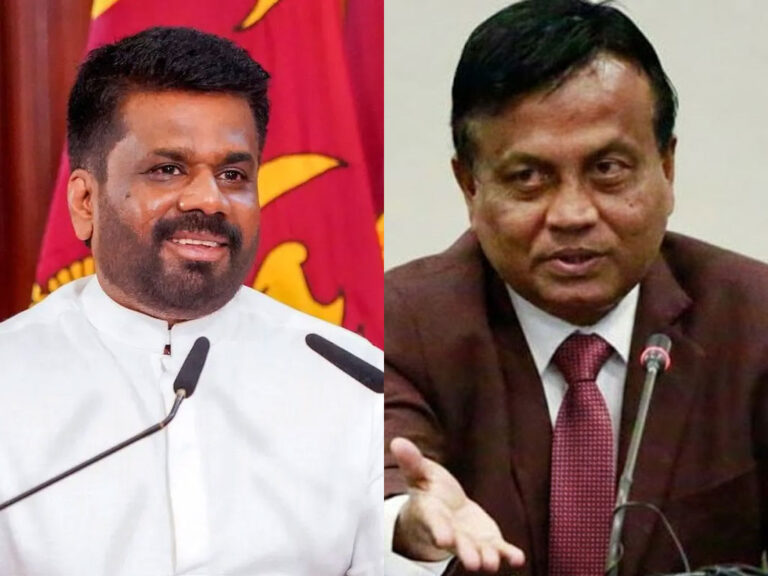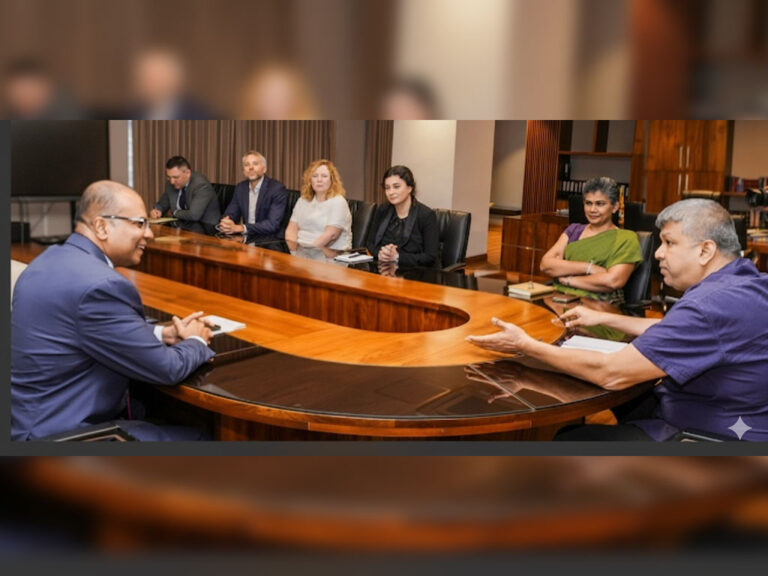
President Ranil Wickremesinghe’s criticism of Anura Kumara Dissanayake’s economic policy during the ‘Puluwan Sri Lanka’ conference in Puttalam raises more questions than it answers. While Wickremesinghe warns that Dissanayake’s proposals could devalue the Sri Lankan rupee to 500 per dollar and breach the IMF agreement, this argument seems more like a scare tactic than a reasoned critique.
Firstly, Wickremesinghe’s argument about the IMF agreement is notable for what it doesn’t say. Yes, the IMF sets strict terms for economic reform, but is the current approach truly benefiting the average Sri Lankan? Wickremesinghe boasts about lifting the ban on car imports, but how many Sri Lankans can afford a car in this economic climate? Strengthening foreign reserves doesn’t necessarily translate to improving daily life for the people, many of whom still face inflation, rising costs, and economic hardship. The president’s measures seem more focused on protecting the interests of the wealthy and middle classes, while the broader population still struggles.
Moreover, Wickremesinghe’s assertion that Dissanayake’s policies would lead to a disastrous devaluation of the rupee overlooks the deeper, systemic issues that have already weakened the currency under his own leadership. The rupee’s volatility isn’t new, and while blaming future declines on a rival candidate’s proposals is convenient, it doesn’t address the fact that Sri Lanka’s current economic model, under Wickremesinghe’s watch, has struggled to regain stability.
Wickremesinghe frames himself as the savior of the economy, claiming to have “lightened the burden of life” for the people. But has he really? The marginal improvements touted, like lifting the ban on imports, feel disconnected from the everyday realities faced by many citizens. The continued focus on IMF-driven austerity measures, combined with tax cuts that disproportionately benefit the wealthy, suggests that Wickremesinghe’s economic policies may be more about maintaining elite interests than offering widespread relief.
Finally, his critique of Dissanayake’s ability to manage the economy effectively seems hollow without offering concrete alternatives. Yes, questioning the feasibility of a rival’s policy is fair game in politics, but simply invoking the specter of disaster without engaging with the details or offering substantial counterproposals falls flat. It’s easy to critique, but Wickremesinghe has yet to prove that his vision for the economy is truly in the best interest of the majority of Sri Lankans.
In short, Wickremesinghe’s attacks on Dissanayake seem more like political maneuvering than genuine economic analysis. His warnings about devaluation and IMF agreements may resonate with those looking for stability, but they fail to address the underlying economic inequalities and hardships faced by everyday Sri Lankans.




